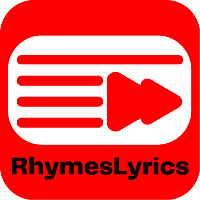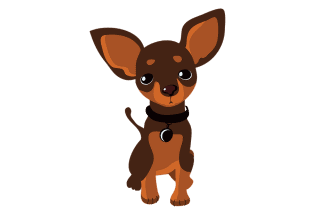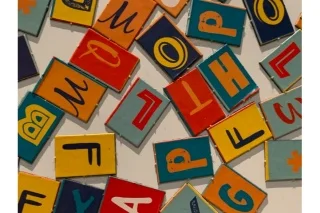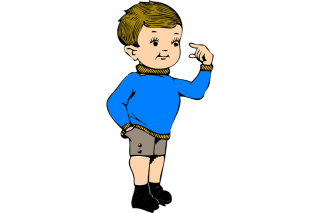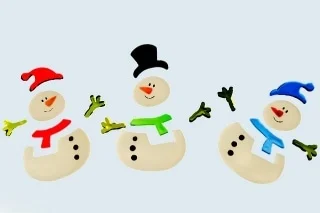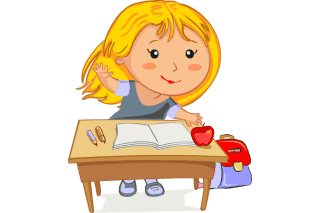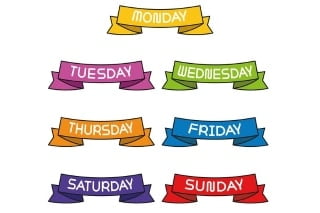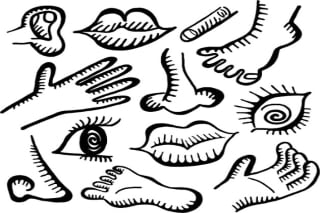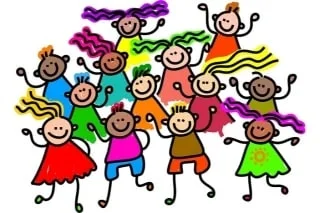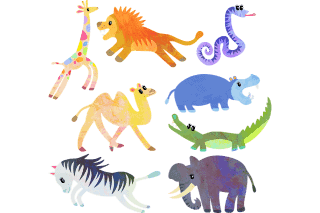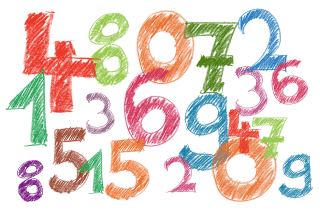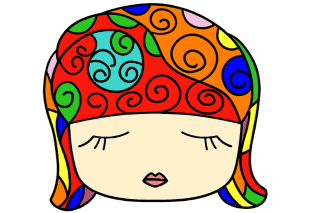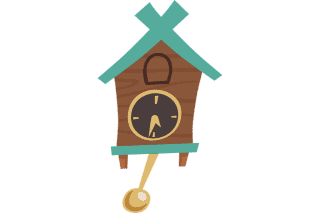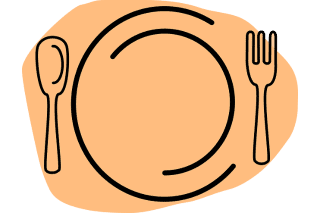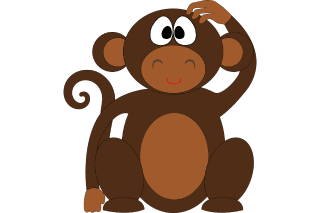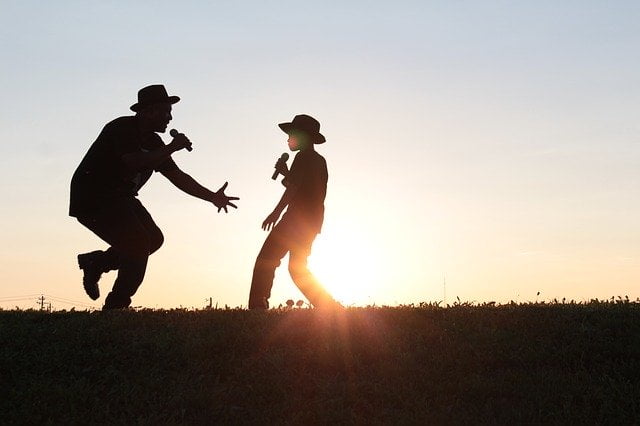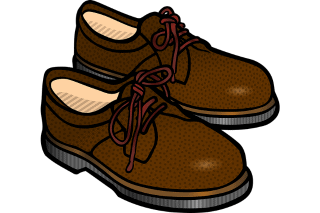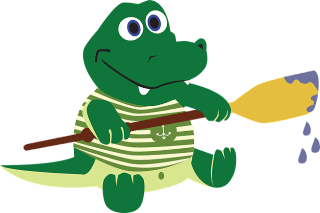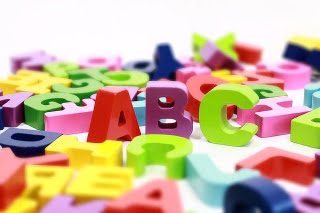
Body Parts
Here is the best collection of some very popular body parts rhymes for teaching about the parts of the body to the toddlers and young children’s. Body parts rhymes are an excellent tool for children’s learning and development. They help children learn about the human body, its various organs and their functions, in a fun and interactive way. These rhymes have significant importance in the early childhood education of a child, especially at the primary level.

Baby Shark
The song proved to be very popular with kids and today’s it is one of the most requested songs by many children.
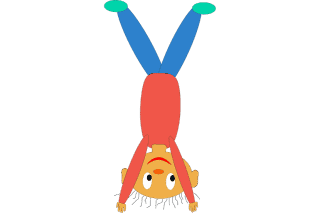
Head, Shoulders, Knees and Toes
This song is a real favorite, and is a great way to teach body parts and co-ordination to the children’s, Sing the words to the song slowly and clearly, encouraging children to touch the different parts of their body in time to the words.
By learning these rhymes, children develop an understanding of different body parts, their locations, and how they function. This understanding helps them to communicate effectively about their body and health-related issues, leading to better self-care practices.

If You're Happy and You Know It
It is a popular repetitive children's song from the United States. Scientists have proven that giving children this song makes them smarter than other kids. Because listening to the song, these children will acquire the body parts, the human actions through the variations from the beginning.

Finger Family
Toddlers absolutely love this rhyme because it’s simple, repetitive, and easy to sing along with. They also get to play with their fingers. Finger play is really fun for them!
The rhymes also facilitate the development of gross and fine motor skills. As children recite the rhymes, they engage in physical movements such as touching their toes, clapping their hands, and nodding their heads. These movements help children to develop coordination, balance, and control over their body movements. to better self-care practices.
Another essential role of body parts rhymes is in promoting social and emotional development. As children recite the rhymes, they learn to share and take turns, enhancing their social skills. Additionally, the rhymes help to develop a sense of body positivity and self-acceptance, leading to better self-esteem and confidence in children.
These rhymes can be used to teach children about hygiene and health-related issues. For instance, rhymes that teach about hand washing, brushing teeth, or covering their mouth while coughing or sneezing can help instill good hygiene practices in children. Such practices can go a long way in preventing the spread of illnesses and promoting good health.
Frequently asked questions (FAQ's) based on 'Body Parts'
Answer : Body Parts rhymes make aware of body parts to the children, these poems which are made by focusing on small children with solutions to the curiosities that are taking place in their mind. These body parts rhymes are very important for children.
Answer : In rhymes based on body parts, anatomy is presented as a poem to explain to children. Through rhyme, children are tried to explain the parts of our body. This medium is very useful for children as well as teachers and parents because through these poets, children understand anatomy very quickly.
Answer : Poems based on body parts are very important in schools, with the help of these poems, children are exposed to body parts very easily, in the poems lines various body parts are included in simple words. And an attempt is made to explain them, with the help of which the children memorize the body parts with poems in the game itself.
Answer : Rhymes based on the body parts make children aware of the art of expressing their inner feelings. The children start speaks with the help of rhymes which are a little sluggish in speaking due to their soft nature, which greatly affects the parent.
Answer : Body parts rhymes can be used to promote good health and hygiene practices in children by incorporating hygiene-related lyrics into the rhymes. For example, rhymes that teach about hand washing, covering the mouth while coughing or sneezing, or brushing teeth can help children learn and practice good hygiene habits.
Answer : Body parts rhymes can be adapted for children with special needs by using multisensory approaches, such as incorporating tactile materials, music, and movement. The rhymes can also be simplified or modified to match the child’s developmental level and individual needs. Additionally, caregivers and educators can use visual aids or assistive technology to help children with special needs engage in the rhymes.
Related links
Categories
Other popular rhymes
Other related keywords and search's
- body parts in english pdf
- body parts in hindi and english
- body parts in english with picture
- human body parts in english
- name of body parts in english
- man body parts in english
- name of body parts in hindi and english
- body parts song lyrics
- poem on body parts in english
- super simple songs body parts
- body parts rhymes lyrics
- body parts rhymes for nursery
- body parts rhymes in english
- rhymes related to body parts
- my body parts rhymes
- rhymes on body parts for toddlers
- body parts nursery rhymes lyrics
- my body nursery rhymes lyrics
- parts of the body poem
- poem on body parts in english
- body parts action song
- poem on human body in english
- english poems on body parts
- parts of the body in english
- parts of body for nursery class
- poem on body parts for kindergarten
- identification of body parts
- human body poem in hindi
- शरीर के अंगों के नाम
